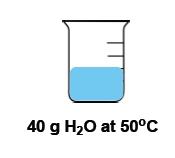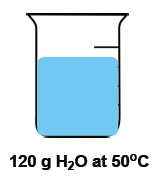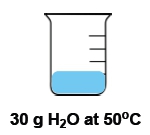Understanding energy is fundamental before delving into the concept of temperature. Energy is defined as the capacity to perform work or generate heat. It is essential to distinguish between heat and temperature, as they are often confused but represent different aspects of thermal energy.
Thermal energy is a subset of energy, encompassing the total kinetic and potential energies of all atoms within an object. Kinetic energy refers to the energy of motion, while potential energy pertains to the energy associated with an object's position. Thus, energy can be categorized into thermal energy, which can further be divided into temperature and heat.
Temperature is defined as the average kinetic energy of the particles in an object, serving as a measurement of thermal energy. For instance, when we state that the temperature is 100 degrees Celsius, we are indicating a specific measurement of thermal energy.
On the other hand, heat is characterized as the transfer of thermal energy from an object with a higher temperature to one with a lower temperature. It is crucial to remember that heat always flows from hotter to colder objects. Therefore, while temperature quantifies thermal energy, heat describes its movement.




